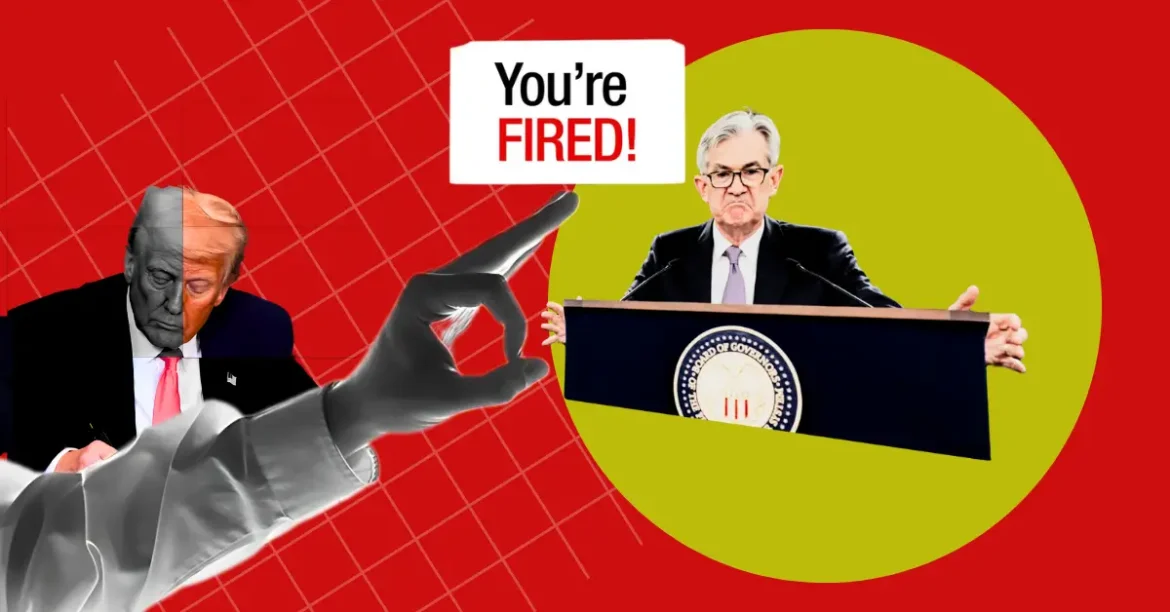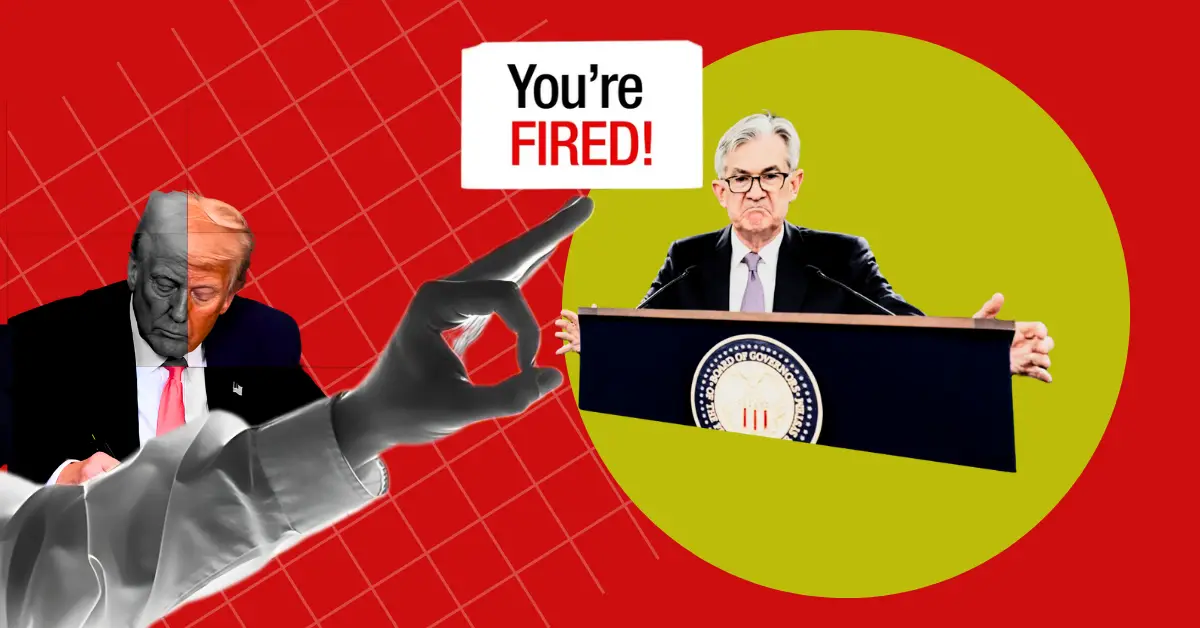The escalating conflict between former U.S. President Donald Trump and Federal Reserve Chair Jerome Powell offers a compelling case study in the dynamics between political leadership and central bank independence. Over the course of 2025, Trump has vociferously criticized Powell’s cautious approach to interest rate policy, applying sustained public pressure and rhetorical attacks while simultaneously underscoring the structural and legal limits to presidential control over the Federal Reserve. This report analyzes the evolving dispute, its implications for monetary policy, financial markets, and governance norms, and the broader context shaping this high-profile feud.
Context and Core of the Dispute
Donald Trump’s antagonism towards Jerome Powell largely revolves around the Fed’s reticence to lower interest rates amid economic concerns. Since Powell’s appointment in 2018 by Trump himself, the Fed chair has been criticized by the former president for what Trump describes as “too late and wrong” decisions on rate adjustments. Trump contends that immediate rate cuts would stimulate economic growth, while Powell’s measured stance reflects his mandate to balance inflation control against economic stability.
The Trump administration’s ire is directed at Powell for resisting repeated calls to cut rates “NOW,” calling him various names including “numbskull” and a “loser,” and accusing him of “playing politics.” Trump has expressed his frustration through social media, official statements, and public comments, suggesting he could terminate Powell’s position “real fast” or “force something” on the Fed in absence of compliance. However, paradoxically, he has also stated multiple times that he has no intention to fire Powell, highlighting a complex blend of political signaling and restraint.
Legal and Institutional Barriers to Firing the Fed Chair
While Trump contemplated the prospect of firing Powell before his April 2026 term expiration, legal precedents and institutional conventions have posed significant barriers. Federal Reserve chairs serve fixed four-year terms and traditionally enjoy independence to insulate monetary policy from political cycles. Supreme Court signals and legal interpretations affirm that removal is only possible for cause, not simply due to policy disagreements.
This framework has reinforced Powell’s position despite the political turbulence. Attempts to remove a Fed chair can destabilize markets, undermine central bank credibility, and provoke regulatory uncertainty. Trump’s own acknowledgment of potential market fallout contrasts with his aggressive rhetoric. Political analysts and former administration insiders warn that firing Powell prematurely would spark severe market reactions and is considered “monetary malpractice” by some within Trump’s own circle.
Monetary Policy Implications
The friction between Trump and Powell centers on divergent economic philosophies. Trump’s push for immediate rate cuts aims at boosting market confidence and countering economic slowdown fears, particularly amid trade wars and tariff-induced inflationary effects. Powell and the Fed have opted for gradualism, stressing “waiting for greater clarity” and balancing inflation metrics against economic signals.
Investors have reacted anxiously to the discord. Reports indicate that as Trump escalated criticism, investors fled U.S. assets, prompting a weaker dollar and volatility in financial markets. In contrast, moments when Trump downplayed the likelihood of firing Powell briefly steadied markets. The uncertainty around Fed leadership fuels speculation, complicates policy transmission, and introduces risk premiums into asset pricing.
Political and Economic Signaling
Trump’s public attacks serve multiple strategic purposes beyond immediate policy demands. They demonstrate resolve to his political base, collectively pressure the Fed to align with executive preferences, and underscore his administration’s blame assignment for any economic headwinds. The use of inflammatory nicknames and social media posts intensifies the spectacle and heightens political stakes.
Nevertheless, the discord exposes the tension inherent in U.S. governance: the necessity for an independent central bank insulated from short-term political pressures versus elected leaders’ expectations to influence economic outcomes. Trump’s contradictory statements—escalating attacks on Powell while denying firing plans—reflect the delicate balance between exerting influence and adhering to institutional constraints.
Broader Consequences and Lessons
This episode spotlights the vital role of Federal Reserve independence in maintaining financial stability. Attempts by political figures to interfere with the Fed’s leadership or policymaking can erode confidence, distort markets, and undermine economic resilience. While political accountability remains essential, preserving clear boundaries on monetary policy decisions helps safeguard the economy from erratic swings tied to electoral politics.
Moreover, the Trump-Powell feud illustrates how personal dynamics and public rhetoric intersect with policy debates in the modern media environment. The conflict is as much about spectacle and signaling to constituents as it is about substantive economic policy differences.
Conclusion: A Cautionary Tale in Central Bank Politics
The Trump versus Powell saga underscores the challenges of managing the uneasy relationship between political leadership and independent central banking in a polarized, media-driven era. Trump’s relentless public pressure for immediate rate cuts and threats toward the Fed chair illuminate tensions when political and economic priorities diverge sharply. Yet, the enduring institutional safeguards and market sensitivities have so far constrained executive overreach.
As the Fed continues to navigate the complex post-pandemic economic landscape, the saga serves as a potent reminder: the health of the economy depends not only on sound policy decisions but also on respecting the structural independence that allows those decisions to be made with foresight, expertise, and measured judgment rather than political expediency. The episode invites policymakers, investors, and observers to reflect on the delicate balance required to maintain trust in the institutions that underpin economic stability.





